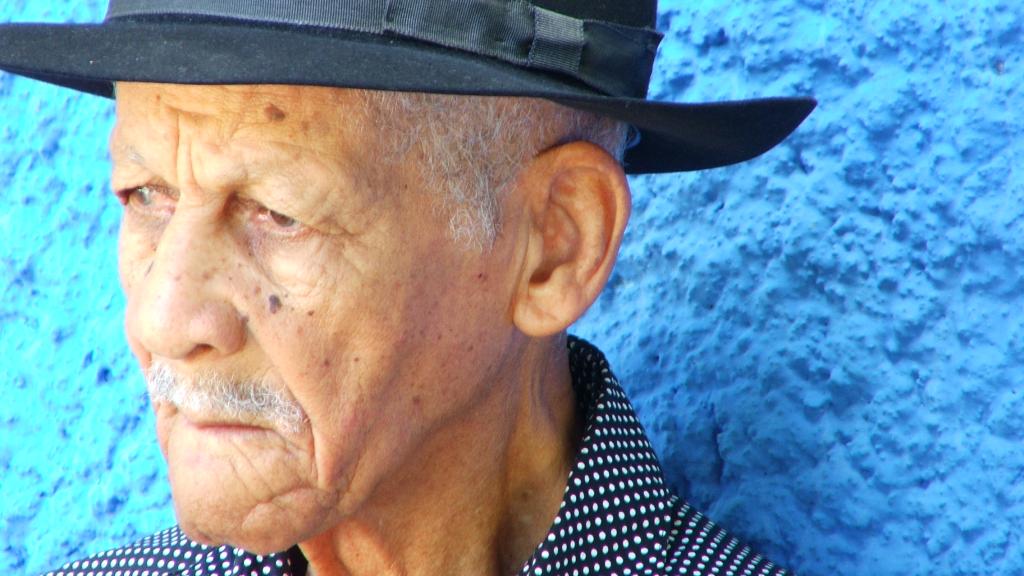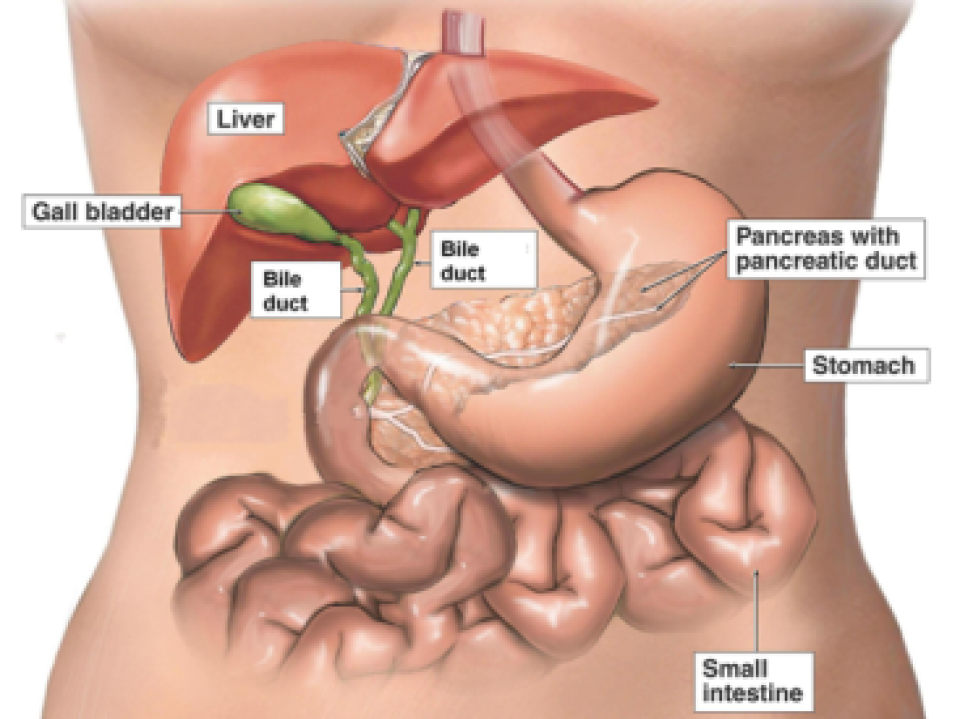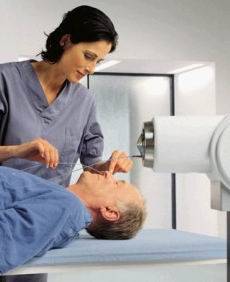
Bile duct cancer (cholangiocarcinoma)
Bile duct cancer is also called cholangiocarcinoma (CCA). It affects almost 200 people in Ireland each year. Most bile duct cancers occur over the age of 65.
Bile duct cancer can be treated with surgery, chemotherapy and radiotherapy.
What is bile duct cancer?
Bile duct cancer is a primary liver cancer. When cancer develops in a bile duct, the cells change and grow in an abnormal way. As the cancer grows it forms a collection of cells (tumour). This tumour can cause a blockage and cause symptoms, such as jaundice (when your skin turns yellow).
Bile duct cancer is also known as cholangiocarcinoma (“co–langee-oh car-sin-oh-ma”) or biliary tract carcinoma.
Bile duct cancer is a rare cancer. About 200 people are diagnosed with bile duct cancer in Ireland every year. It usually affects people over the age of 65.*
Most bile duct cancers are a type called adenocarcinoma.

What are the bile ducts and what do they do?
The bile ducts are part of the digestive system. They are tubes that connect your liver and gallbladder to your small bowel. The gallbladder is a small organ that lies just under the liver. The ducts carry fluid called bile. Bile is made by your liver and stored in your gallbladder. The bile ducts carry bile from the gallbladder to your small bowel, where it helps to break down fat during digestion.
There are different ducts:
- Hepatic ducts: Bile ducts coming from your liver. These are divided into left and right hepatic ducts. The left and right ducts join just outside the liver to form the common hepatic duct.
- Cystic duct: Bile duct coming from the gall bladder. It joins the common hepatic duct to form the common bile duct.
- Pancreatic duct: Bile duct coming from the pancreas – this joins up with the common bile duct.
All the ducts join up and release bile into the small bowel to help digest the food we eat.
What are the types of bile duct cancer?
There are three main types of bile duct cancer (cholangiocarcinoma), depending on the part of the bile duct the cancer starts in:
- Intrahepatic bile duct cancer – starts in the hepatic bile ducts in the liver
- Perihilar bile duct cancer – starts outside the liver, near where the left and right hepatic ducts meet
- Distal extrahepatic bile duct cancer – starts in the common bile duct outside the liver
Most bile duct cancers start in the epithelial cells which line the bile ducts. This cancer is called epithelial adenocarcinoma.
Can I be screened for bile duct cancer?
Testing for bile duct cancer when you have no symptoms is called screening. There is no national bile duct cancer screening programme in Ireland or any other country at present. If you are concerned about bile duct cancer or worried about symptoms, talk to your GP.
More information about bile duct cancer
More information about a bile duct cancer diagnosis
More information about bile duct cancer treatment
Treatment for bile duct cancer includes surgery, chemotherapy and radiotherapy. For more information about treatments for bile duct cancer, visit our treatment page. For specific treatment information use the links below.
Coping with bile duct cancer treatment and side-effects
Looking for support?
Our cancer support section contains information and advice on coping with cancer for diagnosed patients and their loved ones.
Medical content reviewed by A McGuire, Advanced Nurse Practitioner Hepaticopancreaticobiliary Surgical Oncology. Oct 2022
*The Irish Cancer Society uses the most up-to-date cancer statistics from the National Cancer Registry Ireland, available on www.ncri.ie
For more information
Phone
1800 200 700











